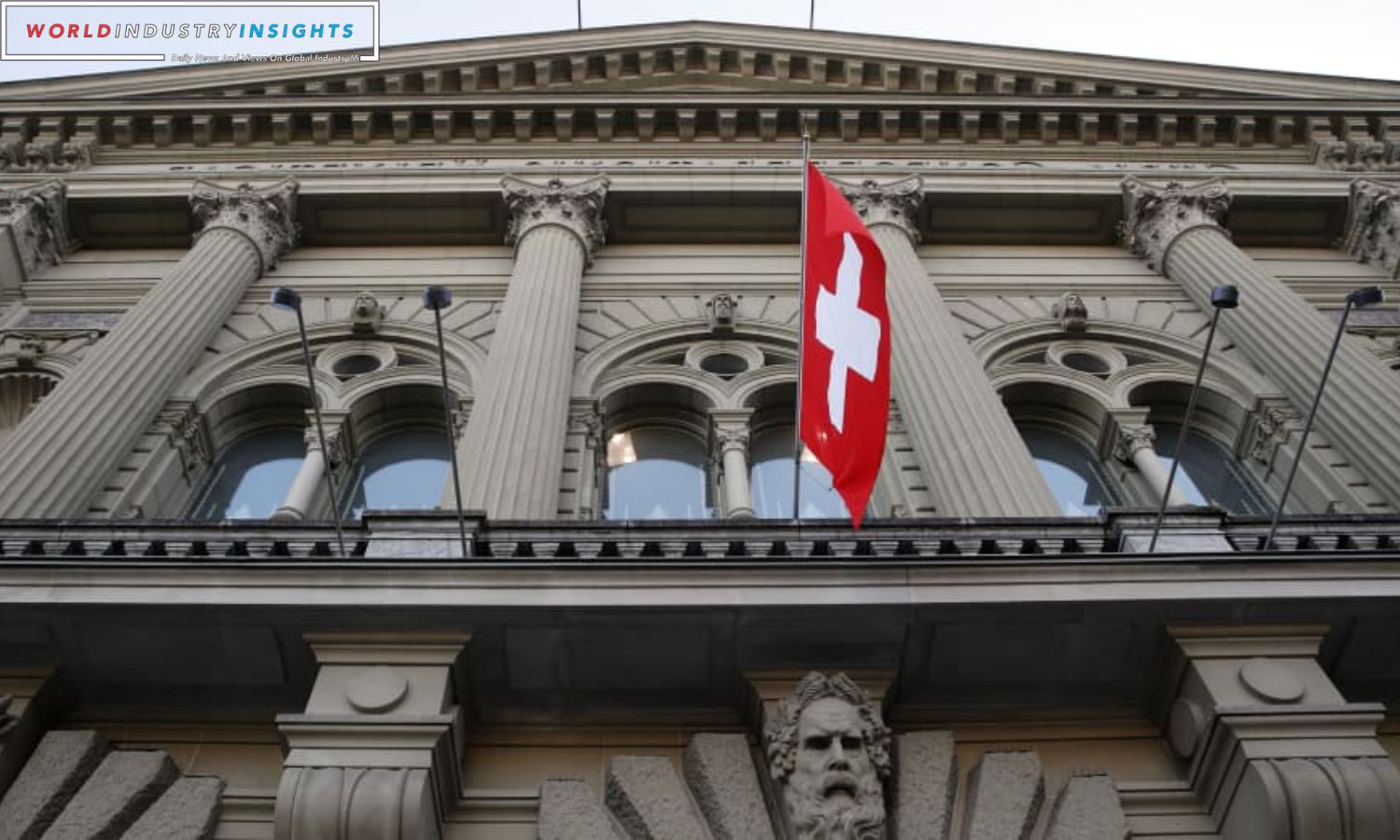Dollar Holds Steady: The dollar held steady on Tuesday, offering a pause in the risk rally, while the Aussie dipped after the Reserve Bank of Australia raised interest rates but left the door open on future hikes. The RBA’s decision to increase rates by 25 basis points marked the end of a four-month period of steady policy. However, the central bank’s comments about the outlook hinted that it might be done with rate hikes. This adjustment in language influenced expectations.
In recent days, both the Aussie and the New Zealand dollar rallied, as a relatively benign U.S. jobs report led to market pricing for rate cuts in the middle of the next year, boosting risk sentiment. The kiwi was down 0.15% at $0.59545.
“Now that the RBA’s move is behind us, the main factors impacting AUD/USD will shift back to global factors. We can expect a return to the focus on Fed rhetoric and its effects on U.S. Treasuries,” noted Kong. The rally in bonds and equities seen last week seems to be fading, with yields ticking higher at the start of the week. Market attention is now on a series of speeches by U.S. Fed officials scheduled for this week.
Federal Reserve Bank of Minneapolis President Neel Kashkari remarked on Monday that the U.S. central bank likely has more work to do to control inflation. Federal Reserve Chairman Jerome Powell is set to speak on Wednesday and Thursday. The key focus will be on whether he maintains the more dovish tone adopted after the Fed’s recent policy meeting.
Also Read: US Dollar Faces Downward Pressure as Fed Adopts Softer Stance
“If Powell sounds a bit more hawkish this week to push back against the easing of financial conditions, I believe the dollar can rebound,” said CBA’s Kong. “But it’s still too early to determine if the recent dollar easing will be sustained. The FOMC remains uncertain about the need for further rate hikes.” The dollar index, which measures the greenback against a basket of currencies, inched up by 0.085% to 105.36. It had risen 0.2% on Monday but was not far from a nearly two-month low of 104.84 reached the same day.
The euro dipped 0.07% to $1.0707, pulling back from an eight-week peak of $1.0756 reached on Monday. Sterling traded at $1.2335, down 0.05% for the day and just shy of the seven-week high of $1.2428 it reached on Monday. The Japanese yen stood at 150.23 per dollar, above the critical 150-level that has kept traders on edge in recent weeks as they monitor signs of intervention from Tokyo.
Last week, the yen hit 151.74 per dollar, edging closer to October 2022 lows that prompted several rounds of dollar-selling intervention. Bank of Japan Governor Kazuo Ueda commented on Monday that the country was making progress toward the central bank’s 2% target but not enough to end ultra-loose policy. He also expressed concerns about whether companies will continue to raise wages next year.
Our Reader’s Queries
Why is the U.S. dollar so stable?
Investors often view the dollar as a secure investment during times of market turbulence. This is due in part to its status as the world’s “reserve currency,” which means that central banks and financial institutions worldwide hold significant amounts of dollars for global transactions. As a result, the dollar is considered a safe haven asset by many.
Is the dollar a stable currency?
The dollar’s supremacy is attributed to several factors, such as its unwavering value, the vastness of the American economy, and the country’s significant geopolitical influence. Furthermore, no other nation has a debt market as extensive as the United States’, which amounts to a staggering $22.5 trillion.
How does the dollar hold its value?
When the gold standard was abandoned, the dollar transformed into fiat money. This means that its value is based on the trust that others will accept it. Nowadays, many of the world’s significant currencies, such as the euro, British pound, and Japanese yen, are also considered fiat money.
Is dollar strong or weak now?
Over the past few months, the value of the dollar has increased. The Bloomberg Dollar Spot Index monitors the progress of 10 major global currencies against the U.S. dollar. It’s important to note that previous performance does not necessarily indicate future outcomes.


